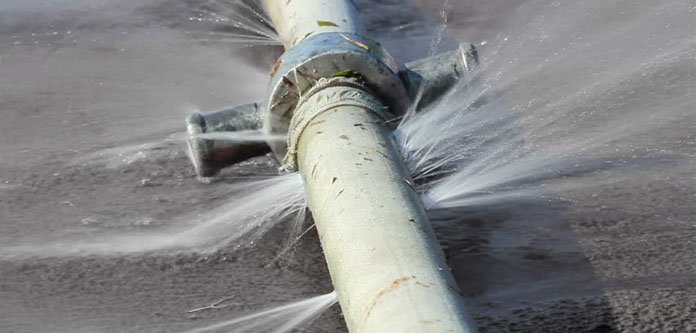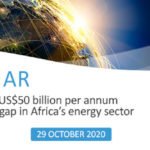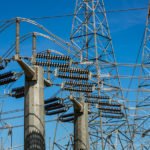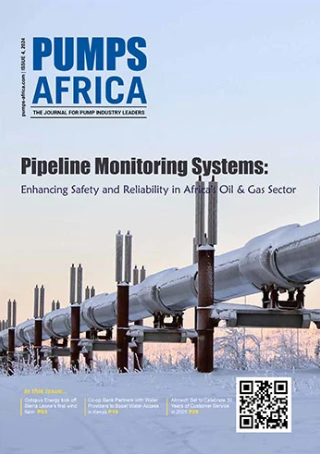Rwanda’s non-revenue water loss stands at 44 percent – Rwanda Utilities Regulatory Authority (RURA) Report on water and Sanitation has revealed.
The RURA Statistics as of March 2020 indicates that Rwanda is losing 44 percent of water supplied within different networks before it reaches the customers mainly due to leakages, illegal connections, road construction, metering inaccuracies, meter bursts, meter blocks, natural disasters and water theft by moving meters.
According to RURA, 12.9 million cubic meters of water was supplied into the network between December 2019 and March 2020 but only 7.1 million cubic meters of water was captured through the water billing systems. Non-Revenue Water accounted for 5.8 million cubic meters.
RURA is now concerned that Rwanda may not realize its targets of 100% universal access to clean water by 2024 the non-revenue water challenge is not addressed.
Non-revenue water loss is water that has been produced and is “lost” before it reaches the customer. Such losses not only cause water shortages in some areas, but also revenue losses to water utilities.
Eng. Aimé Muzola, WASAC Chief Executive Officer uk best essays.org acknowledges the water supply challenges but promised that mega water projects are in the pipeline to help reduce the average losses from 38 per cent to 25 per cent.
READ: Egypt allocates US $13m to water and sanitation projects
He said that although it will not decrease to zero, the strategic plan from 2018 to 2019 to reduce average loss of water will be reached through the water infrastructure in government’s plan.
“We are working on a ‘Smart Network Management Project’ that will help in detecting water leakages for quick interventions and fixing. We are buying equipment with sensor to detect water leakages in networks. There will be pressure reducing valves to regulate pressure because leakages are usually caused by high pressure of water in pipes,” he said.
Eng. Muzola, noted that old pipes will be replaced with new and bigger pipes to avoid bursting due to pressure. “We have to replace pipes that are 40 years old and also replace meters with smart meters that help to monitor any disruptions on screens,” he said.
Muzola pointed out that challenges such as leakages caused by road construction that always destroy water pipes and other essays services reviews.com people who steal water from networks in sophisticated ways are difficult to handle.
While addressing the possibilities of achieving 100 % water access by 2024, Eng. Muzola revealed a number of projects in the pipeline to ensure that dream is achieved. Some of the projects he mentioned include; water reservoirs and water supply systems, 568 kilometers of pipeline in Kigali city to replace old pipes, upgrade water distribution networks and to extend water supply.







